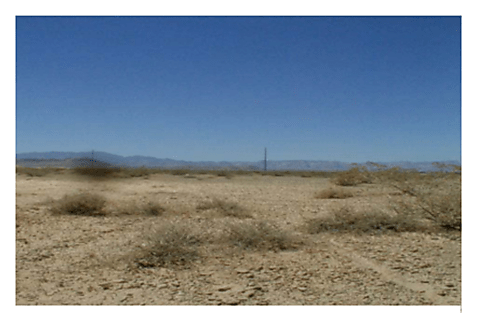Peter Van Doren
The Washington Post recently analyzed the role of federal land in constraining new housing construction in Las Vegas. About 1.5 million homes could be built on developable federal land within two miles of the Las Vegas city limits alone. The article described a policy innovation developed by Sen. Harry M. Reid (D‑NV) that allows the Bureau of Land Management to sell land within a specific ring around Las Vegas.
But the article did not explore the more fundamental question: Why is there so much federally owned land in the western United States? The Bureau of Land Management administers 85 percent of Nevada, 57 percent of Utah, and nearly 50 percent or more of Arizona, Idaho, and Oregon.
An article in Regulation examines the history of land ownership in the United States. From the colonial period through the late 1800s, “the overriding aim of government land policies was to transfer land ownership as quickly as possible from the state to private citizens.” That ended with the creation of the National Forests and National Rangelands.
The first environmentalists led the withdrawal of federal range and timber lands from private claiming. They viewed private land markets with suspicion. The remedy was government ownership and management by professionals.
But the allocation and reallocation of land through the political process is difficult and slow. Instead, privatize as much federal land as possible.







